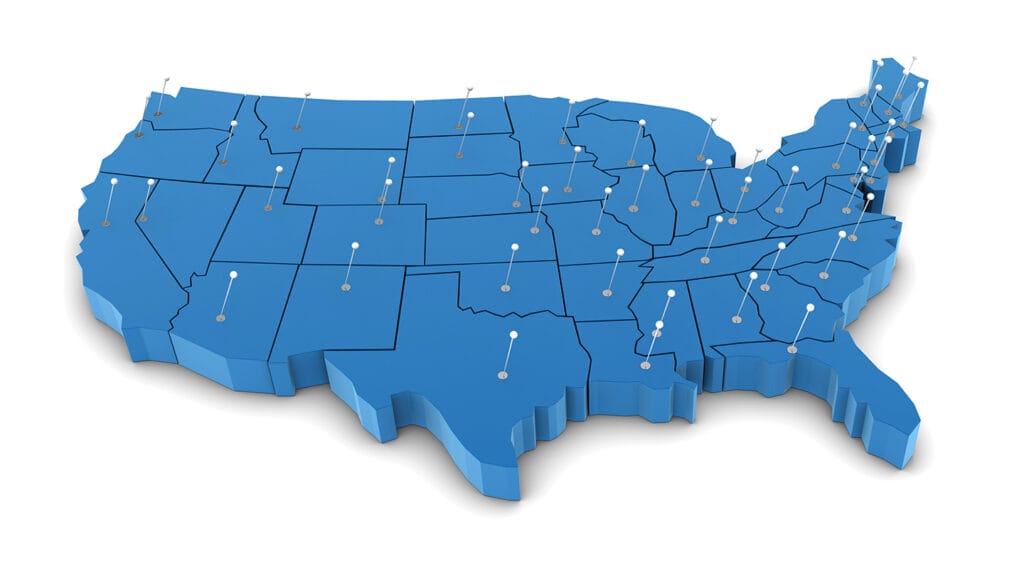
The Medicare Payment Advisory Commission offered initial recommendations for Congress to cut home health reimbursement by 7% and pause hospice payment updates in 2025.
“The 2022 [home health] margins remain above 20%, higher than the long-run average of 16.8% since 2001,” Evan Christman, senior analyst at MedPAC, said during last Friday’s public meeting, according to a transcript. “Overall, these margins indicate that Medicare fee-for-service continues to pay well in excess of cost.”
Part of the reason home health agencies reportedly saw margins of 22.2%, on average, according to Christman, is a decline in the number of visits per 30-day period. Since the implementation of the Patient-Driven Groupings Model in 2020, these visits have declined more than 15%; between 2021 and 2022, visits per 30 days declined 3.5%.
Home health advocates were quick to dispute MedPAC’s claims.
“There are many shortfalls in MedPAC’s home health margins report — starting with the fact that MedPAC’s analysis only captures a declining fraction of the Medicare home health population, ignoring that overall margins are low,” Joanne Cunningham, chief executive officer of the Partnership for Quality Home Healthcare, said in a statement. “Additionally, relying on incomplete, poor-quality data and an opaque methodology runs the risk of dangerously misleading policymakers who rely on MedPAC to inform their decisions.”
The Partnership and National Association for Home Care & Hospice cited poor methodology and data in the recent home health final rule, which contained a Medicare cut related to PDGM.
MedPAC: No hospice payment update
MedPAC also recommended that Congress eliminate any payment updates for hospice providers in 2025. The hospice program, according to MedPAC principal policy analyst Kim Neuman, shows signs that its current payment rates are sufficient to sustain quality and growth.
“Indicators of payment adequacy are favorable,” Neuman said. “The supply of providers continues to grow. The share of decedents using hospice, the number of hospice users and total days of care increased. Length of stay also increased. In-person visits per week increased slightly, and marginal profit was 17%.”
Hospice industry leaders voiced disagreement with MedPAC’s recommendations. By not updating hospice payment for 2025, the commission does not account for “ongoing financial challenges hospices are facing,” such as workforce-related issues, high costs and inflation, according to William Dombi, president of NAHC.
“NAHC disagrees with MedPAC’s recommendation not to update hospices’ payment rates for FY025,” Dombi said in a statement. “Hospices are still facing historically high costs across a number of areas, and CMS has failed to accurately account for real inflation in their reimbursement rates.”
He added, “When policymakers don’t receive accurate information, they risk making policy decisions that have unintended, yet negative, consequences on beneficiaries. We hope that MedPAC can address our concerns about how it came to its erroneous conclusions in this presentation and work to provide stakeholders with more accurate, reliable, transparent, and actionable data.”
Still, Dombi noted he was pleased that MedPAC omitted its prior recommendation to wage-adjust and reduce the aggregate cap by 20%.
“While NAHC believes that Congress should consider wage-adjusting the cap to address wage variation, this change should be phased in over time to minimize the potential impact on access to care and to allow the most negatively impacted areas of the country to adjust,” NAHC said, continuing, “NAHC disagrees strongly however with MedPAC’s recommendation to reduce the cap by 20 percent, and has advocated against this change for years.”
The home health and hospice recommendations released last Friday are draft recommendations. MedPAC will have a formal vote on the recommendations in January and release its annual report to Congress in March.



